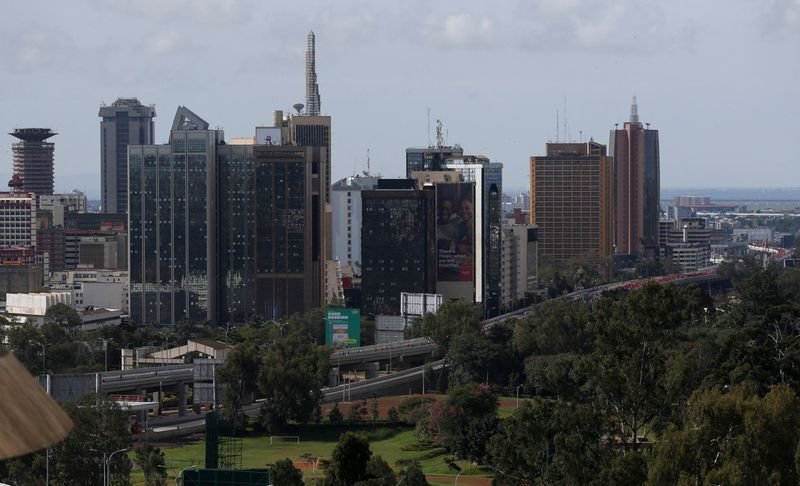High Debt Costs in Kenya: Insights from Moody’s Analysis
Kenya is grappling with significant debt challenges, with ongoing borrowing exerting a substantial impact on the nation’s financial landscape. According to a recent analysis by Moody’s, these high borrowing costs are expected to persist due to a combination of local lending dynamics and other factors.
Understanding Kenya’s Debt Situation
Kenya’s debt has escalated over recent years, reaching alarming levels. The reliance on local borrowing has emerged as a primary driver of elevated interest rates. Investors in the domestic market demand higher returns to offset perceived risks associated with the government’s financial commitments.
The Dynamics of Local Borrowing
A crucial aspect of Kenya’s debt profile is its inclination towards local borrowing. The government has increasingly turned to domestic markets to finance its budget deficits, resulting in higher interest rates. The challenges arise from a limited pool of local lenders, which creates intense competition for available capital, consequently inflating borrowing costs.
Moody’s Perspective on Debt Sustainability
Moody’s, a leading credit rating agency, has expressed concerns regarding the sustainability of Kenya’s debt levels. Their analysis suggests that the high cost of borrowing will persist, driven by the government’s continued need to finance various projects and obligations. As the government prioritizes development initiatives, the fiscal space remains constrained, further complicating the economic landscape.
Impact on Investments and Economic Growth
The ramifications of high debt costs extend beyond government finances. Investors are increasingly wary of Kenya’s economic prospects due to the rising debt burden. Higher borrowing costs can deter foreign investment, as investors often seek more stable and lower-risk environments. For Kenya to enhance its economic growth potential, addressing debt sustainability becomes paramount.
Government Strategies to Mitigate Debt Costs
In the face of these challenges, the Kenyan government is exploring various strategies to manage and potentially mitigate debt costs. Initiatives such as enhancing fiscal discipline, improving tax collection, and streamlining expenditures are being considered. By prioritizing these areas, the government aims to create a more favorable environment for investors, ultimately contributing to economic stability.
The Role of International Aid and Support
International aid and support will play a crucial role in addressing Kenya’s debt dynamics. Organizations and foreign governments can provide financial assistance, which may help alleviate some pressure on the national budget. Concurrently, these efforts can be geared towards promoting sustainable economic development and reducing the reliance on high-interest local borrowing.
Future Outlook for Kenya’s Debt
Looking ahead, the outlook for Kenya’s debt situation remains complex. While the government is actively working to manage its financial responsibilities, external factors such as global economic conditions and changes in investor sentiment can significantly influence the landscape. Continuous monitoring and adaptive strategies will be essential for navigating these challenges effectively.
The Importance of Fiscal Responsibility
To ensure long-term economic health, maintaining fiscal responsibility is vital. The government must balance its development aspirations with the realities of its debt obligations. Educating policymakers and the public about the implications of debt can foster a culture of fiscal responsibility, ultimately benefiting Kenya’s economic trajectory.
Conclusion: Navigating a Path Forward
Kenya stands at a critical junction in addressing its debt challenges. Through concerted efforts involving fiscal discipline, international collaboration, and a focus on sustainable development, the nation can work towards a more stable financial future. While obstacles remain, proactive measures can significantly enhance prospects for economic growth and stability.
